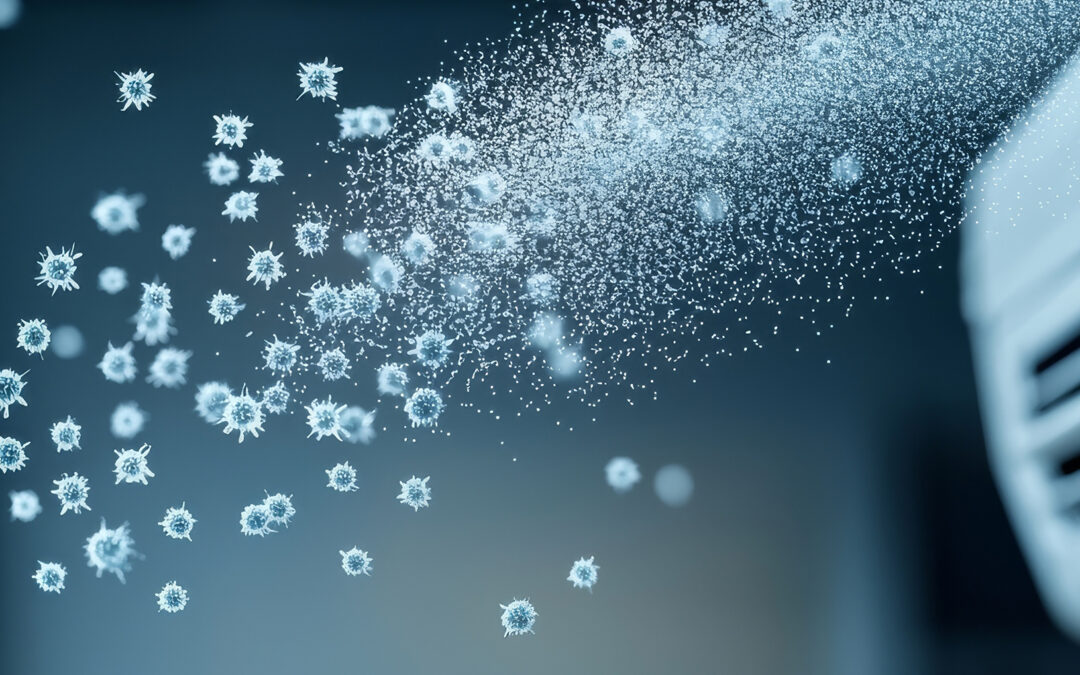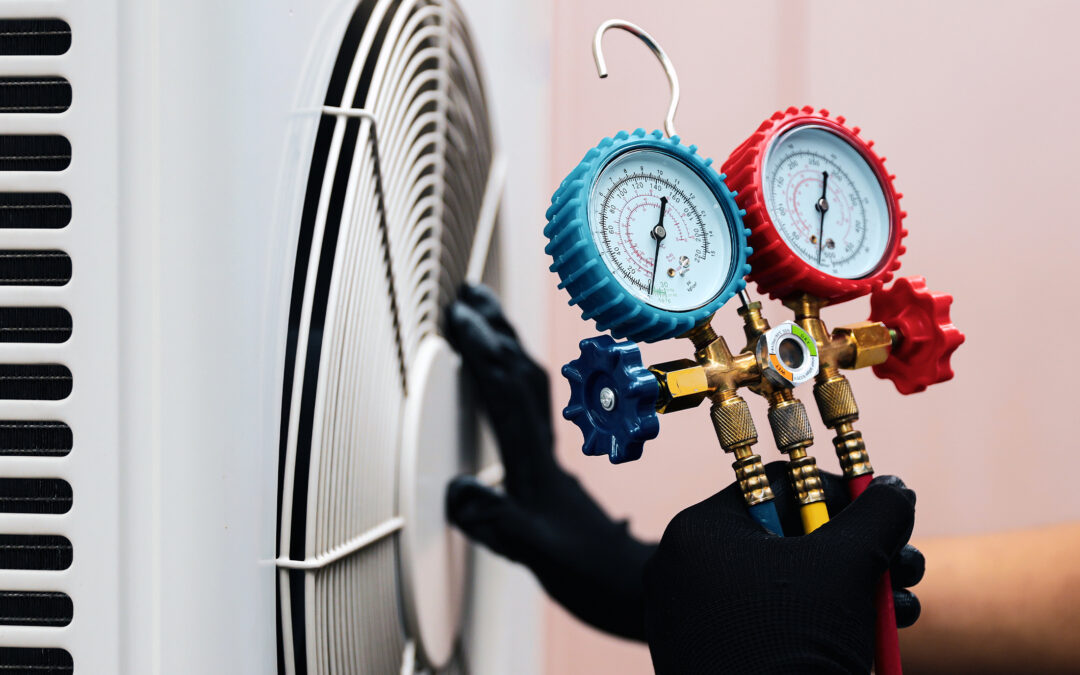How to Maintain Your Well Pump

If you live in a less densely populated area, there’s a good chance you’re using a well for your water instead of a municipal water supply. Well water is great because it’s not treated with any harsh chemicals, instead relying on natural filtration or at least a filter system connected to your home’s plumbing.
A key part of your well’s system is the pump. As the name implies, the well pump moves water upwards from an underground water source to your home’s water system. There are two types of pump that are used in modern wells: 1) Jet pumps and 2) Submersible pumps. Both types use centrifugal force to push water upwards by using spinning rotors that create a vacuum. The depth of the well will determine which type of pump, with jet pumps being use for wells up to 150 feet and submersible pumps being used for up to 400 feet.
It’s essential to conduct regular maintenance in order to keep your well pump in good working condition. A well-maintained well pump can go for years without any issues, but not doing the proper maintenance can cause a serious headache (not to mention lack of water).
Here are three things you should do keep your well pump in tip-top shape.
Clean Cooling Fans
Well pumps use motors that run fairly regularly in order to ensure sufficient supply levels. Like any motor, they can get hot when running on a continual basis. That’s why most pumps require cooling fans. You can permanently damage the pump motor if it overheats because the cooling fan isn’t doing its job.
Over time, cooling fans can attract bugs or gather debris, causing it to not run efficiently or get clogged up. Take some time at least once a year (or more) to check on the cooling fan, removing any twigs, leaves, cobwebs, etc. that might have accumulated.
Check for Damage after a Storm
One of the most common issues pumps face is storm damage. Not only do storms kick up a lot of debris that can cause pumps to get clogged (see above), but they can often get whacked by flying debris in high wind situations. This is particularly true if you live in a heavily wooded area.
Just as you might inspect areas of your home after a big storm, it’s a good idea to check out your pump to make sure it’s still in good condition. Look for cracks or indents on the pump’s outer casing, which can hamper your pump’s functioning and efficiency.
Listen to Your Pump
Water pumps are complex machines with a number of internal moving parts. As such, it’s not always possible to see that your pump is damaged. However, it’s often easy enough to hear if your pump has some sort of internal issue.
Some things to listen for include:
- Unusual gurgling or hissing sounds
- A constant clicking or sputtering
- High-pitched whistling
You also want to listen to see if the pump is quickly cycling through it’s on and off cycles, particularly when water is not being used in your house.
If you need help maintaining your well pump, we’re here to help! Contact us to schedule a maintenance visit to ensure your water pump is running smoothly.
Related Posts:
Is Your HVAC System Making Your Spring Allergies Worse?
Think you’re safe from pollen indoors? Your HVAC system might be spreading allergens throughout your home. Discover how to fight back.
HVAC Maintenance: Invest Now or Pay Later
Regular HVAC maintenance might seem like an optional expense, but the numbers tell a different story.
High-Efficiency HVAC: The Home Investment That Pays You Back
Why Upgrading to a High-Efficiency HVAC System Makes More Sense Than Ever!




Subscribe To Our Newsletter
Join our mailing list to receive the latest news and updates from our team.
You have Successfully Subscribed!